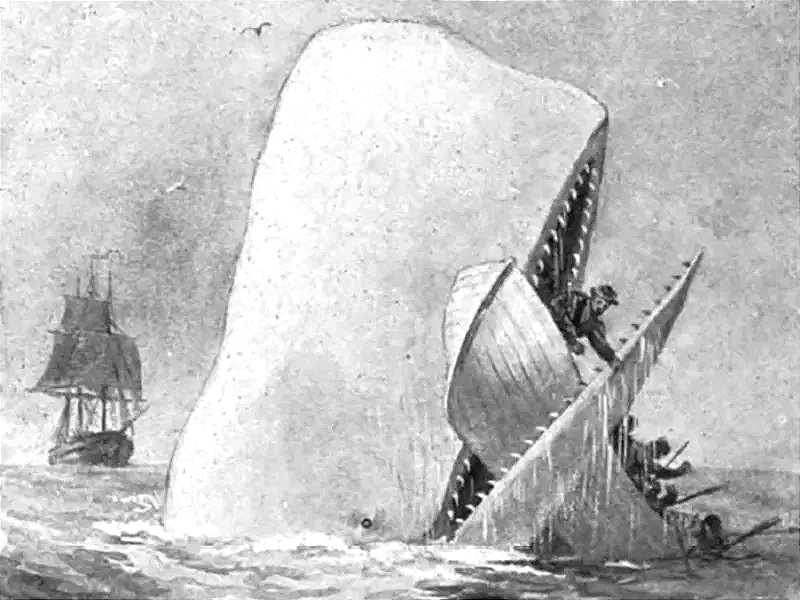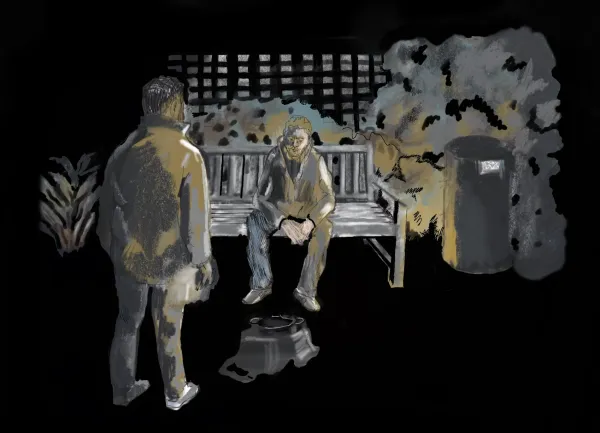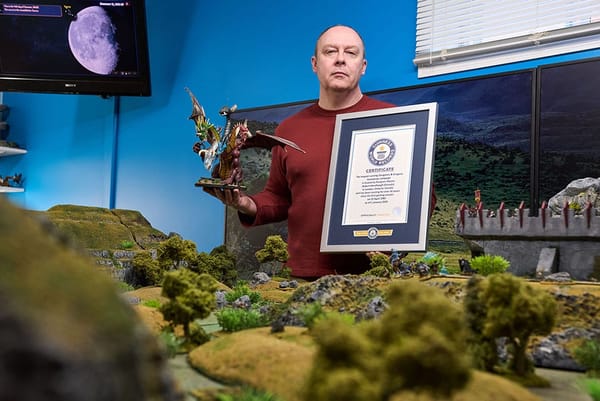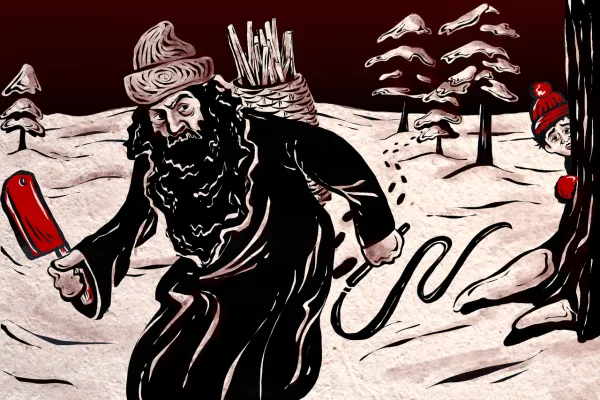Scientists solved a mystery 500 years after da Vinci painted it

From Popular Mechanics: "After 500 years, researchers finally understand the anatomical function of a heart feature first described by Leonardo da Vinci. To find the answer, scientists used fractal theory, MRIs, and a lot of computational elbow grease to shed light on structures called trabeculae. They found this branching, snowflaky muscle layer plays a part in the risk of heart disease. “The inner surfaces of the human heart are covered by a complex network of muscular strands that is thought to be a remnant of embryonic development,” the researchers explain in a paper. “The function of these trabeculae and their architecture are unknown." Leonardo drew pictures of the fine, lacy, snowflake-like trabeculae after examining a heart up close and dissecting it. The artist likely noticed the tree root-like branching structure, and he theorized that the trabeculae were like the systems we use now to keep sidewalks and roads from freezing: a network for blood that was kept warm by circulating in small vessels."
This tiny snail may hold the secret to the regeneration of the human eye

From Science News: "Golden apple snails are freshwater snails from South America. Alice Accorsi became familiar with the species as a graduate student in Italy. Turns out, the snails are among the most invasive species in the world. And that got Accorsi thinking: Why are they so resilient and able to thrive in new environments? She began studying the snails’ immune systems and has now found they are not the only parts of the animals able to bounce back from adversity. These snails can completely regrow a functional eye within months of having one amputated. Scientists have known for centuries that some snails can regrow their heads, and research has revealed other animals can regenerate bodies, tails or limbs. But this finding is exciting because apple snails have camera-like eyes that are functionally similar to those of humans. Understanding how the snails re-create or repair their eyes might lead to therapies to heal people’s eye injuries or reverse diseases such as macular degeneration."
A whaling ship was sunk by a massive whale in 1852 in an incident that inspired Moby Dick

From The Smithsonian: "In July of 1852, a 32-year-old novelist named Herman Melville had high hopes for his new novel, Moby-Dick. That month he took a steamer to Nantucket for his first visit to the Massachusetts island, home port of his novel’s mythic protagonist, Captain Ahab, and his ship, the Pequod. Like a tourist, Melville met local dignitaries, dined out and took in the sights of the village he had previously only imagined. And on his last day on Nantucket he met the broken-down 60-year-old man who had captained the Essex, the ship that had been attacked and sunk by a sperm whale in an 1820 incident that had inspired Melville’s novel. Captain George Pollard Jr. was just 29 years old when the Essex went down, and he survived and returned to Nantucket to captain a second whaling ship, Two Brothers. But when that ship wrecked on a coral reef two years later, the captain was marked as unlucky at sea—a “Jonah”—and no owner would trust a ship to him again. Pollard lived out his remaining years on land, as the village night watchman."
Hi everyone! Mathew Ingram here. I am able to continue writing this newsletter in part because of your financial help and support, which you can do either through my Patreon or by upgrading your subscription to a monthly contribution. I enjoy gathering all of these links and sharing them with you, but it does take time, and your support makes it possible for me to do that. I also write a weekly newsletter of technology analysis called The Torment Nexus.
The strange tale of how the London Bridge wound up getting moved to Arizona

From Atlas Obscura: "In the 1960s, London Bridge was in fact falling down, just like the nursery rhyme. There had been this bridge in this spot in London since Roman times, but the version they had had in the 1960s was actually built in the 1800s. And in the 1800s, they just had horses and buggies, not cars and double-deckers trying to drive over this thing. And so the weight of all these modern cars and double-decker red London sightseeing buses was slowly driving the bridge into the mud. So the city of London knew they had to build a new bridge. But instead of just demolishing the London Bridge they had, chucking it, they decided to put the bridge up for sale. Like an auction for the biggest, heaviest souvenir maybe ever. Robert McCulloch owned a company that made various types of small engines and was best known for inventing the handheld chainsaw. He decided he was going to dismantle the London Bridge piece by piece and rebuild it on Lake Havasu in the middle of the Arizona desert."
A woman in Croatia died in her apartment in 1966 and wasn't found for 42 years

From Wikipedia: "Hedviga Golik was a Croatian woman who died of unknown natural causes alone in her apartment. Her body remained undisturbed for 42 years until it was discovered in May 2008. Golik was a former nurse who resided in an 18-square-metre one-room attic apartment, isolated from the lower floors of the four-storey building, from 1961. The flat was provided by the building's superintendent, who was formerly her boyfriend. It was reported that her boyfriend had been involved in the construction of the building, having received the attic apartment in lieu of payment. In 1966, Golik prepared a cup of tea for herself and settled down to watch television in her apartment. At some point, she died. Golik had told her neighbors that she would be leaving for an indeterminate amount of time. Common rumours were that she joined a sect in SR Macedonia, while others assumed that she had moved out to live with relatives in Belgrade. Residents did not enter Golik's apartment, stating that they were afraid that doing so would violate the tenancy agreement."
How would you like to do a completely transparent jigsaw puzzle?

Acknowledgements: I find a lot of these links myself, but I also get some from other newsletters that I rely on as "serendipity engines," such as The Morning News from Rosecrans Baldwin and Andrew Womack, Jodi Ettenberg's Curious About Everything, Dan Lewis's Now I Know, Robert Cottrell and Caroline Crampton's The Browser, Clive Thompson's Linkfest, Noah Brier and Colin Nagy's Why Is This Interesting, Maria Popova's The Marginalian, Sheehan Quirke AKA The Cultural Tutor, the Smithsonian magazine, and JSTOR Daily. If you come across something interesting that you think should be included here, please feel free to email me at mathew @ mathewingram dot com



